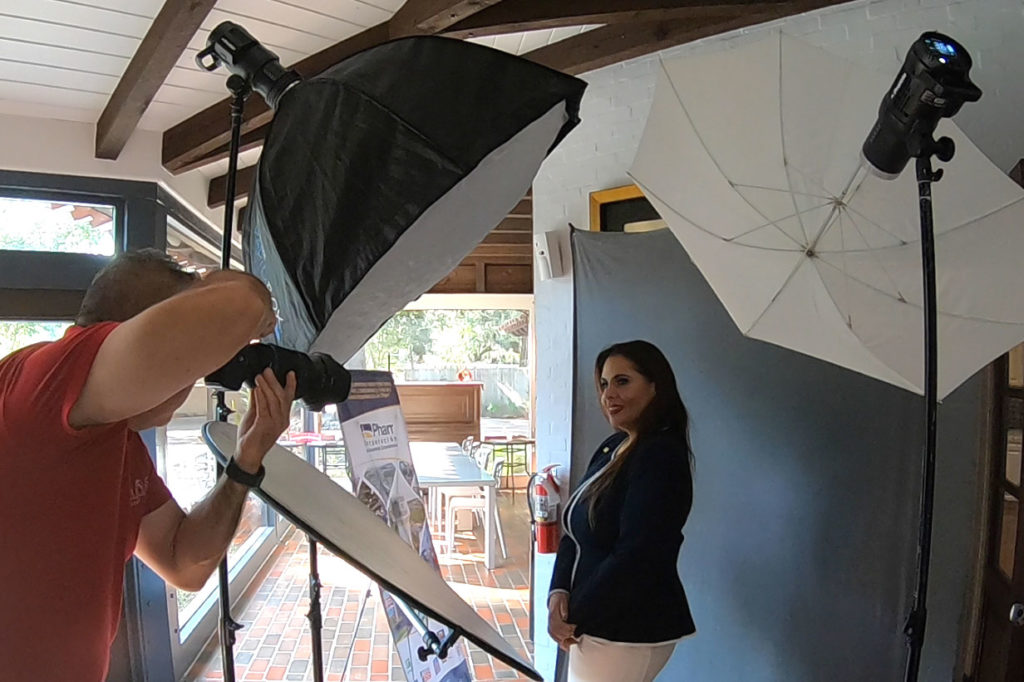What Type of Equipment Do You Use for Commercial Photography?
What Type of Equipment Do You Use for Commercial Photography
The Importance of Quality Equipment in Commercial Photography
When it comes to commercial photography, the right equipment can make all the difference in capturing stunning visuals that resonate with your audience. Here’s a closer look at the essential gear used in commercial photography and how it contributes to the quality of your images.
1. Camera Bodies: Professional photographers typically use high-end DSLRs or mirrorless cameras. For instance, cameras like the Sony A7R V provide exceptional image quality and dynamic range, making them suitable for various commercial photography needs. These cameras enable photographers to shoot in low-light conditions while maintaining clarity and detail.
2. Lenses: The type of lens used can significantly affect the outcome of the photographs. Wide-angle lenses are great for capturing landscapes and interiors, while macro lenses are ideal for product photography, showcasing fine details. A versatile zoom lens can also be beneficial for various scenarios, from portraits to events.
3. Lighting Equipment: Lighting is crucial in photography. Natural light can be beautiful, but having reliable artificial lighting, such as softboxes or ring lights, allows for consistent results, especially in controlled environments. For instance, using off-camera flash can help create dramatic effects in portraits.
4. Tripods and Stabilization Gear: To ensure sharp images, especially in low-light conditions, a sturdy tripod is essential. For dynamic shoots, stabilization gear, like gimbals, can help maintain smoothness when capturing moving subjects or during events.
5. Post-Production Software: After the shoot, the editing process is where the magic happens. Software like Adobe Lightroom and Photoshop allows photographers to enhance images, adjust colors, and retouch any imperfections. This step is crucial for achieving professional results that align with your brand’s aesthetic.
6. Backdrops and Props: Depending on the shoot’s nature, having a variety of backdrops and props can enhance the creative potential. This is especially relevant in product photography, where different backgrounds can highlight products effectively.
Let’s Go: Understanding the equipment behind commercial photography helps you appreciate the craft and the quality of the images you receive. If you’re ready to invest in high-quality visuals for your brand, contact me today to discuss how I can help!

